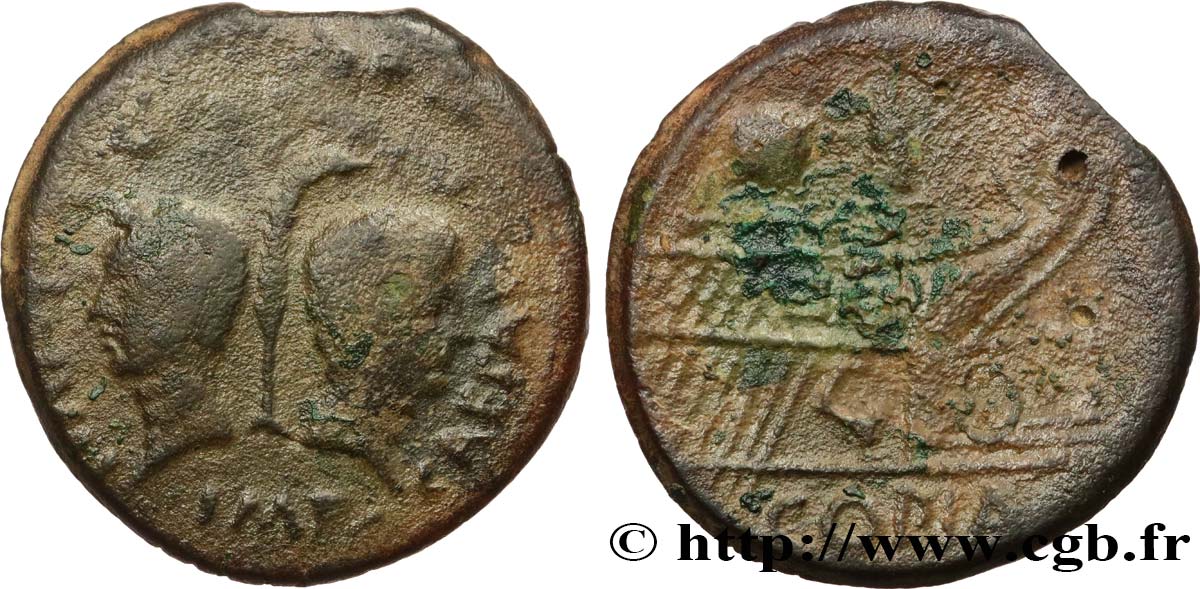Чтобы принять участие в торгах, вы должны войти в систему и стать подтвержденным участником аукциона. Войдите, чтобы сделать ставку. Ваш аккаунт будет подтвержден в течение 48 часов. Не ждите до закрытия торгов, чтобы зарегистрироваться.Сделав ставку на данный товар, вы вступаете в юридическое соглашение на покупку выбранного товара и нажатием кнопки «Сделать ставку» подтверждаете принятие вами условий интернет-аукционов cgb.fr.
Ставка может бить сделана только в полном эквиваленте евро. Торги закроются согласно времени, указанному в описании товара, все ставки, сделанные после закрытия торгов, учитываться не будут. Не следует откладывать предложение вашей ставки до последнего момента, так как система может не успеть обработать вашу заявку, и ваша ставка не будет принята. Более детальную информацию вы найдёте здесь: FAQ по интернет-аукционам.
Все ставки победителей подлежат комиссии 18%.
Все ставки победителей подлежат комиссии 18%.
| Оценить : | 550 € |
| Цена : | 380 € |
| Максимальная предлагаемая цена : | 380 € |
| Конец торгов : | 26 October 2021 15:13:36 |
| Участников : | 2 Участников |
Тип Dupondius
Дата: c. 36 AC.
Монетный двор / Город: Lyon, Gaule
Металл: copper
Диаметр: 31 mm
Ориентация осей монеты: 11 h.
Вес: 14,20 g.
Редкость: R2
Комментарии о состоянии
Monnaie centrée. Petit trou à 1h au droit mais très belle proue et légende bien lisible. Patine marron
Ссылки в каталоге: :
Лицевая сторона
Аверс: легенда: IMP./ CAESAR./ DIVI. IVLI./ DIVI. F..
Аверс: описание: Tête d'Octave nue à droite, adossée à la tête de César laurée à gauche ; entre deux, une palme.
Аверс: перевод: “Imperator/ Cæsar/ Divi Iuli/ Divi Filii”, (L’imperator/ césar/ divin Jules/ fils du divin).
Обратная сторона
Реверс: легенда: COPIA.
Реверс: Описание: Proue de navire à droite ornée d’un œil et d’un dauphin ; un astre au dessus.
Реверс: перевод: “Copia”, (Copia).
Комментарий
De nombreux exemplaires furent coupés en deux pour servir comme as ou demi-dupondius ; si bien qu'il est très rare d'avoir un dupondius complet.








 Cообщить об ошибке
Cообщить об ошибке Распечатать страницу
Распечатать страницу Отправить мой выбор
Отправить мой выбор Задать вопрос
Задать вопрос Consign / sell
Consign / sell
 Информация
Информация










